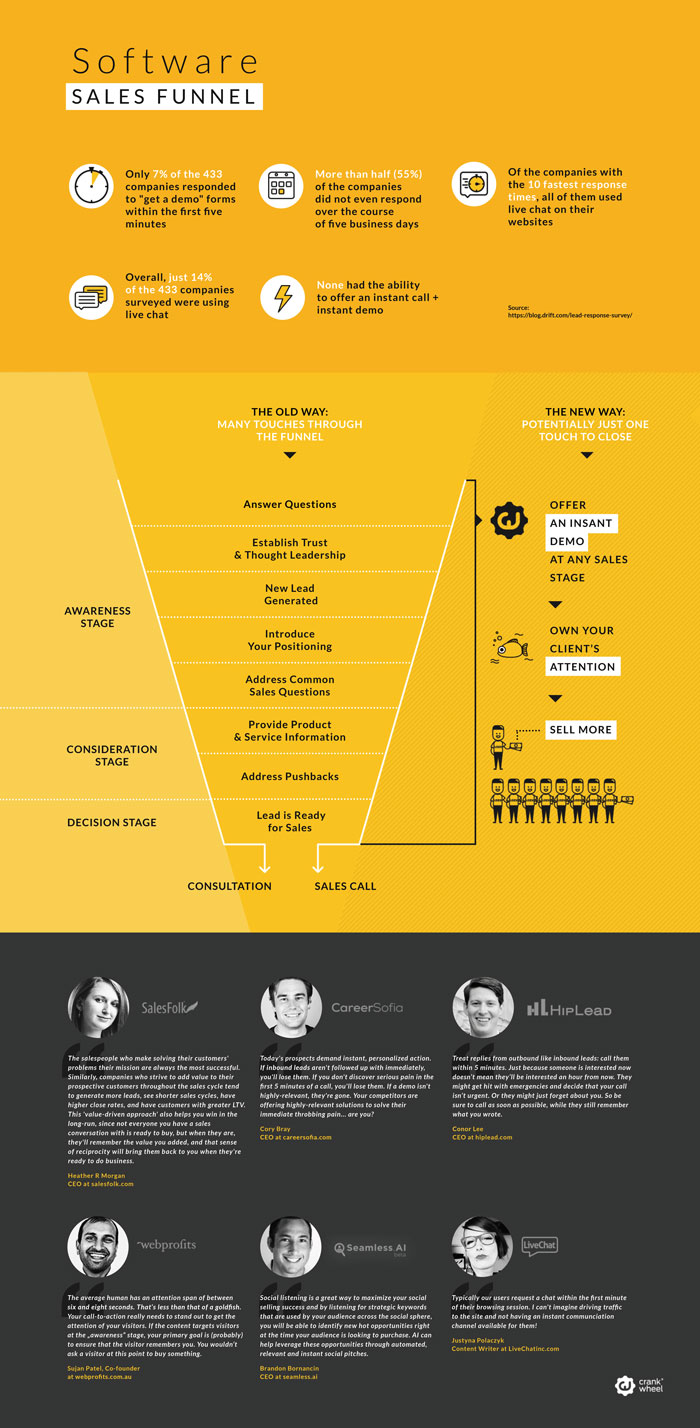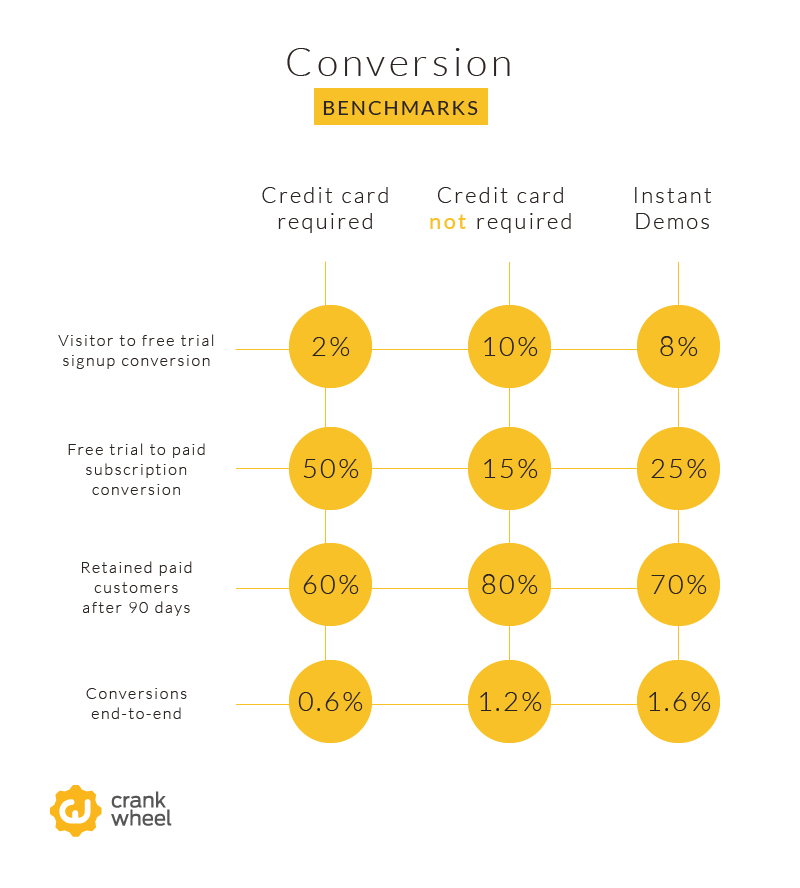Software sales pipeline management: Increase sales with a Free Trial
When you work with and around enough software startups, you often hear similar phrases, from staff and founders confident that a free trial is a final stage in the sales funnel.
“Once they try, they always buy.”
“Our product practically sells itself.”
“Free trials sell the value so quickly; we don’t need to do much after that.”
After that, prospects will almost certainly turn into paying customers.
Free trials are, without a doubt, an important stage in the sales funnel. Almost the end of the process, providing every asset and advantage is leveraged to ensure potential customers experience the value enough that they will convert. Giving them an account and letting them get on with it is not enough, not after the work you’ve already put in to get them on a free trial.
Firstly, you need to be sure your software and target market are suitable for a free trial.
Free Trial Criteria

Not every software product and tool is an ideal candidate for giving potential customers a free trial experience. Have a think through this checklist before implementing a trial program:
Does it require much customization? Or is it an ‘off-the-shelf’ product that works for the majority of our customers?
What is our price point and who are our target customers? Enterprise or small and medium companies?
How quickly can a new user get used to the product’s features, and how soon will they integrate these into their average working day?
Products that are plug and play, easy to set up and start using, with a small and medium target customer-base and users that need the product on a semi-regular basis (certainly within the timescale of a trial) are far more suitable for free trials than software with a higher price point that involves a lot of customisation.
Once you’ve made that decision - or this confirms you were right to offer free trials already - you need to think about how to ensure trial users have the best experience possible, so that they convert on or before the trial period - usually 14 or 30 days.
How to Increase Conversions From Free Trials
Getting the right team members and marketing materials in place is vital. Leaving a free trial user to try out the software, without some assistance, hand holding or self-service materials or content is the road to ruin. Even if your software is ridiculously easy and intuitive, you can’t assume this is going to be the case for everyone who starts a trial.
1: Do you have the right team in place?
Sales: Introduce them to the product, usually through an online Demo or Instant Demo
Marketing: Create the material they need to help them get the most of the trial: Onboarding articles, FAQs, ‘How to’ articles, and other content that supports their journey.
Customer Services (also known as Success, Happiness or Support staff or teams): People who know your product inside and out, who can immediately support customers with questions and concerns. No free trial is complete without appropriate hand holding.
Founders or managers need to oversee the process that ensures an effective handover between one functional area and the next. If customers have questions that need a developers or designers attention, it should receive top priority. The same applies if there are any problems: A manager or co-founder should respond to show the company cares and takes any issues seriously.

Of course, it helps to document every interaction and message, so have an effective and robust comms tool (and CRM, if necessary) to keep track of feedback and update customer accounts.
2: Do you have the right conversion triggers in place?
Don’t forget, the aim of a free trial is to convert as many prospects as possible.
Whenever relevant and possible, insert a Call-to-Action in the process. In the product. In emails - don’t take them out of the pipeline at this stage. Keep free trial users in the pipeline, just on a different drip email campaign, one that gives them lots of useful onboarding content, so you are giving them every opportunity to maximise their trial experience.
Train those supporting them through this experience to respond appropriately to questions about price, value, ROI and other keyword triggers that indicate they are interested in starting to pay. Don’t miss out on sale opportunities.
3: Make the trial realistic
Software without data or inputs is useless. Imagine Hootsuite without social media content, or MailChimp without emails, or LinkedIn without connections? Utterly pointless.
Potential customers can only experience your software properly when they’ve input the relevant data. So help them do that. Make sure they’re ready before starting a trial or have a dummy batch of data they can use, to get a feel for the product using the right inputs.

As soon as they can experience the product in an ‘every day’ setting, they should have a much clearer idea how it will create value and, therefore, be more inclined to get out a debit or credit card and end the trial as a new customer.
